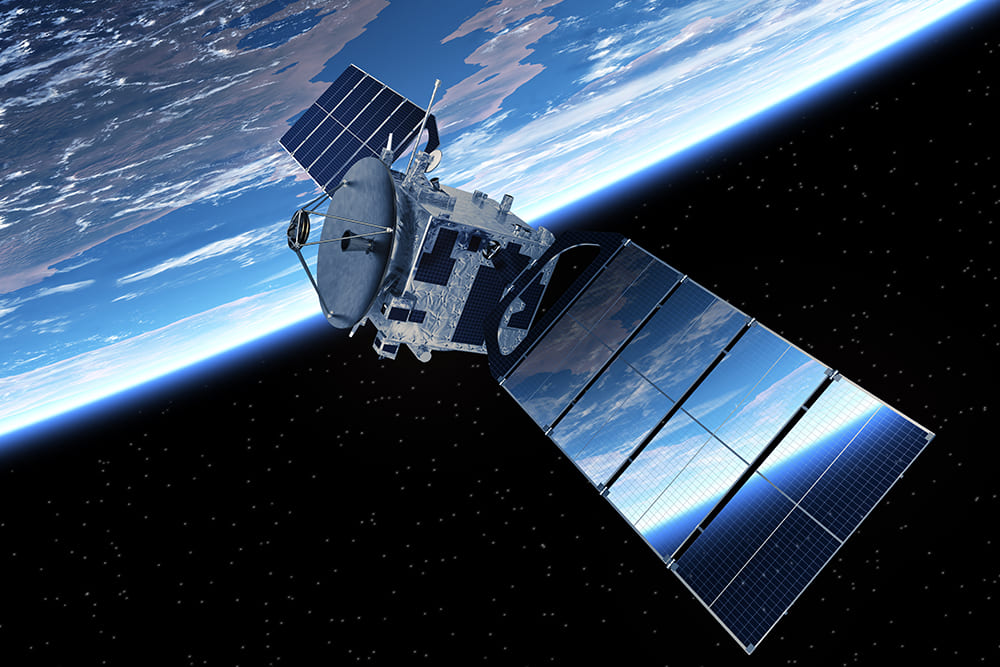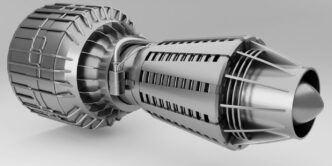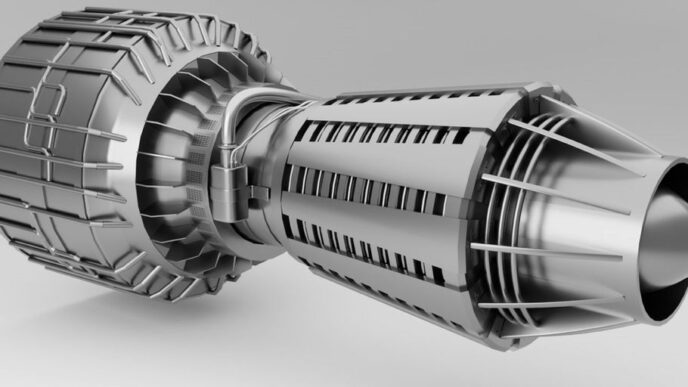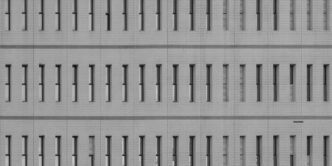The satellite manufacturing industry is undergoing a rapid transformation, driven by advancements in technology, increased demand for satellite services, and a growing interest in space exploration. This evolution is not only enhancing the capabilities of satellites but also reducing costs and improving accessibility for a wider range of applications. From communication and navigation to earth observation and scientific research, satellite manufacturing is at the forefront of modern technological innovation.
The Evolution of Satellite Manufacturing
Traditionally, satellite manufacturing was a highly specialized field, dominated by a few major aerospace companies. These companies focused on building large, complex satellites for government and military use. However, the landscape has shifted dramatically in recent years. The rise of commercial space ventures and the advent of smaller, more versatile satellites have democratized access to space.
One of the key innovations in satellite manufacturing is the development of small satellites, often referred to as smallsats or cubesats. These miniature satellites are much cheaper and quicker to produce compared to their larger counterparts. They can be launched in constellations, providing continuous coverage and redundancy, which is particularly valuable for applications like global internet provision and climate monitoring.
Technological Advancements Driving Change
Several technological advancements have propelled the satellite manufacturing industry forward:
- Miniaturization: Advances in electronics and materials science have enabled the creation of smaller, more powerful satellite components. This miniaturization reduces launch costs and allows for more satellites to be deployed simultaneously.
- Modular Design: Modern satellites are often designed with a modular approach, allowing for easier upgrades and repairs. This flexibility extends the operational life of satellites and reduces the need for complete replacements.
- Automation and AI: The incorporation of artificial intelligence and automation in manufacturing processes has increased efficiency and precision. Automated systems can handle intricate tasks, reducing human error and speeding up production timelines.
- 3D Printing: Additive manufacturing, or 3D printing, is revolutionizing satellite production by enabling the creation of complex parts with fewer materials. This technology not only cuts down on waste but also allows for rapid prototyping and customization.
The Role of Commercial Enterprises
The entry of private companies into the satellite manufacturing sector has been a game-changer. Companies like SpaceX, OneWeb, and Blue Origin are leading the charge with ambitious projects aimed at deploying vast networks of satellites. These constellations promise to deliver high-speed internet to even the most remote areas of the planet, bridging the digital divide and fostering global connectivity.
Moreover, partnerships between established aerospace companies and new startups are driving innovation and expanding the capabilities of satellite technology. For example, Reshetnev Information Satellite Systems, a leader in satellite manufacturing, is at the forefront of integrating advanced technologies into their production processes, ensuring high reliability and performance of their satellites.
Future Prospects and Challenges
The future of satellite manufacturing looks promising, with numerous exciting developments on the horizon. However, the industry also faces several challenges. Space debris is a growing concern, as the increasing number of satellites raises the risk of collisions and space congestion. Developing effective debris mitigation strategies and sustainable practices will be crucial for the long-term viability of satellite operations.
Additionally, the regulatory environment needs to keep pace with the rapid advancements in technology. Ensuring that international laws and agreements are in place to govern the responsible use of space will be essential to prevent conflicts and promote cooperation among nations.
Conclusion
Satellite manufacturing is a dynamic and rapidly evolving field that is transforming our approach to space technology. Through continuous innovation and collaboration, the industry is overcoming traditional barriers and opening up new possibilities for exploration, communication, and scientific discovery. As we look to the future, the ongoing advancements in satellite manufacturing will undoubtedly play a pivotal role in shaping the next era of space exploration and utilization.












